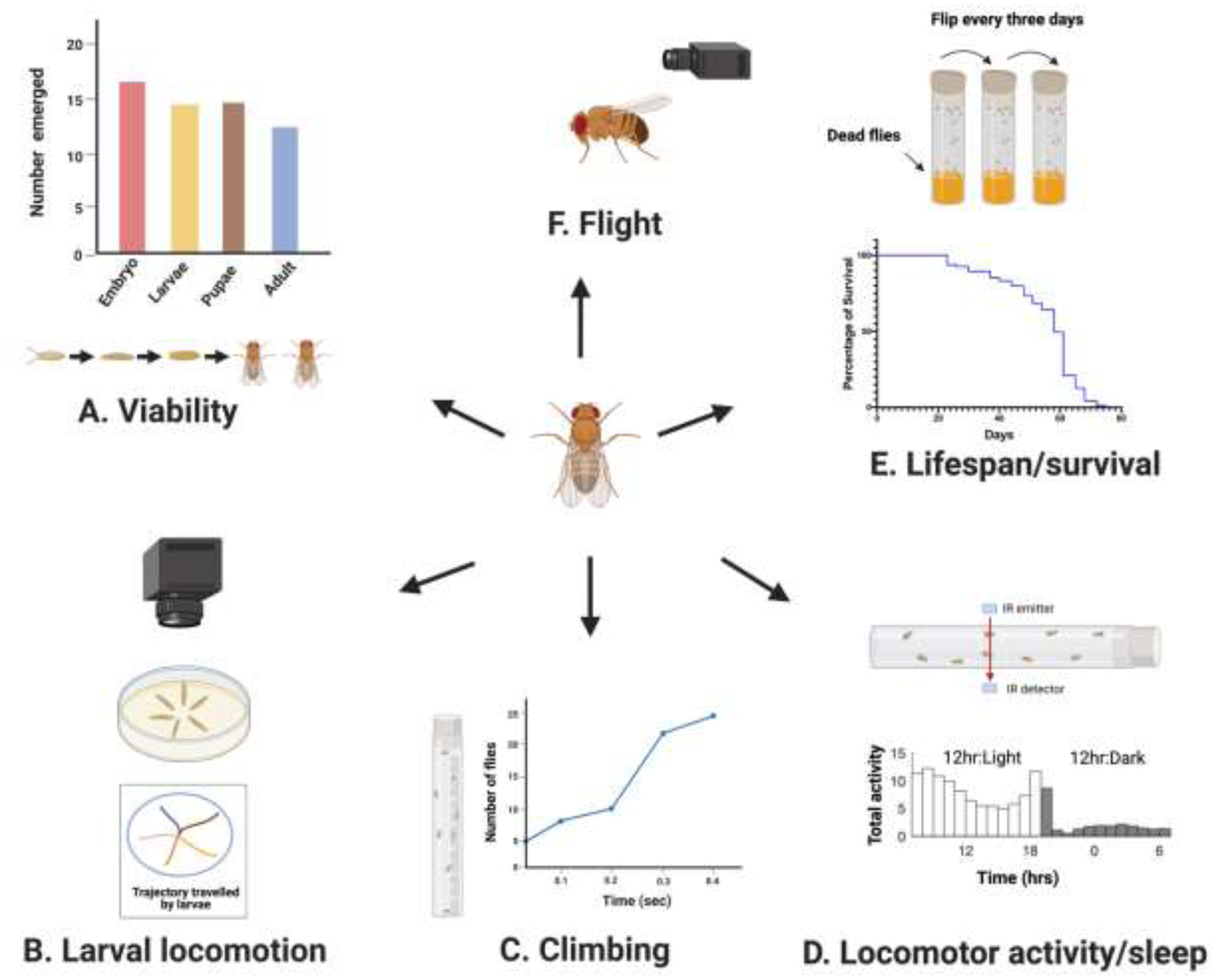Figure 3. Schematic of Key behavioral assays to study the functions of circRNAs.

A) Viability assay: for tracking flies of interest from embryonic to adult stage in order to evaluate lethality levels for each developmental stage. This data can then be represented in a bar graph as shown in the example.
B) Larval locomotion assay: 3rd instar larvae placed in a 2% agar petri-dish are recorded for one minute. The larval trajectory can then be computationally drawn. In this example, the trajectories of five different larvae have been plotted.
C) Negative-geotaxis or climbing assay: An illustrative experimental setup for monitoring locomotor activity based on negative-geotaxis behavior of the fly. An example is represented in a line graph to illustrate the number of flies that reach a predetermined height in a given period of time.
D) Adult fly locomotor activity/ sleep: The Data Activity Monitor (DAM) system is used to record the activity of single flies in a tube by counting the number of times in which the fly interrupts the infra-red beam of the monitor. An example histogram of averaged total activity of flies in 12:12hr Light: Dark
E) Lifespan assay: flies are flipped every three days and the number of dead flies is recorded. This allows the generation of survival plots such as the example shown.
F) Flight assay: a high-speed video recording can be used to assess the wing beat frequency of the flies.
